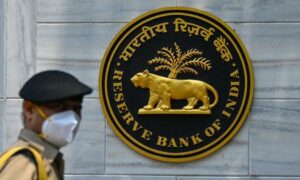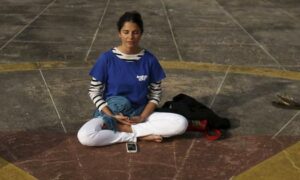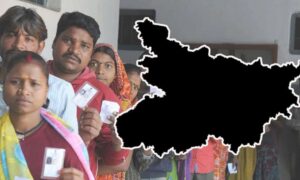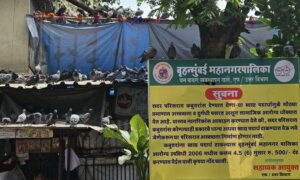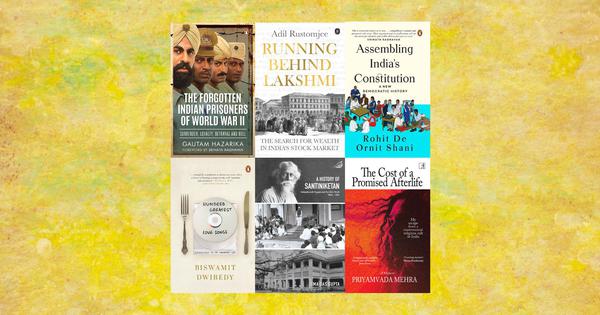
All information sourced from publishers.
A History of Santiniketan: Rabindranath Tagore and his Life’s Work 1861–1941, Uma Das Gupta
Rabindranath Tagore saw himself primarily as a poet. Yet, beyond his literary legacy, there was another pursuit that defined his life’s purpose – his devotion to education. He regarded his work in this field as his life’s mission, culminating in the establishment of Visva Bharati University. Nestled in the twin campuses of Santiniketan and Sriniketan in rural southern Bengal, about a hundred miles northwest of Calcutta, this institution became the heart of Tagore’s existence.
Complementing the author’s previous work, A History of Sriniketan: Rabindranath Tagore’s Pioneering Work in Rural Reconstruction, this volume delves into Tagore’s visionary approach to education. His educational model was groundbreaking, from launching an experimental school in 1901 to founding an international university and an institute of rural reconstruction in 1921–1922. It was designed to transcend borders, promoting a shared global humanity rather than conforming to the rigid framework of nation-states.
Tagore’s dedication to this cause reflected his ideals of an inclusive and non-parochial nationalism, emphasising self-respect as the key to India’s progress. He never viewed the modest scale of his endeavour as a limitation; rather, he saw it as a necessary step towards setting a precedent for the nation. His vision was never just theoretical – it was always deeply rooted in action.
The Forgotten Indian Prisoners of World War II: Surrender, Loyalty, Betrayal and Hell, Gautam Hazarika
Against the tumultuous backdrop of Singapore in 1942 unfolds the extraordinary saga of Captain Mohan Singh of the 14 Punjab Regiment and the Indian National Army (INA). As the pioneering leader of the INA, Singh’s bold alliance with Japan sought to liberate India from the yoke of British rule but soon encountered treacherous challenges.
In chronicling how INA soldiers fought bravely when they got a chance, as well as the harrowing trials of them enduring starvation and sickness in Burma, this tale unveils a lesser-known chapter of history. The author masterfully follows the INA’s journey through the jungles of Burma to the postwar days in India when it hastened Independence, highlighting Subhas Chandra Bose’s pivotal rise to leadership along the way.
This is also the story of Lieutenant MM Pillai’s daring escape from Singapore. Of the grim fate of prisoners of war (POWs) like Warrant Officer John Baptist Crasta, one of 17,000 Indian POWs sent to hard labour camps in the Pacific. Of the war crime trials held by the Australians for Japanese atrocities against these POWs where Subedar Chint Singh was a key witness. Of the wives waiting for years with little news of their soldier-husbands.
Gautam Hazarika’s The Forgotten Indian Prisoners of World War II, enriched by personal accounts and the hard truth, is a testament to loyalty, resilience and the indomitable human spirit
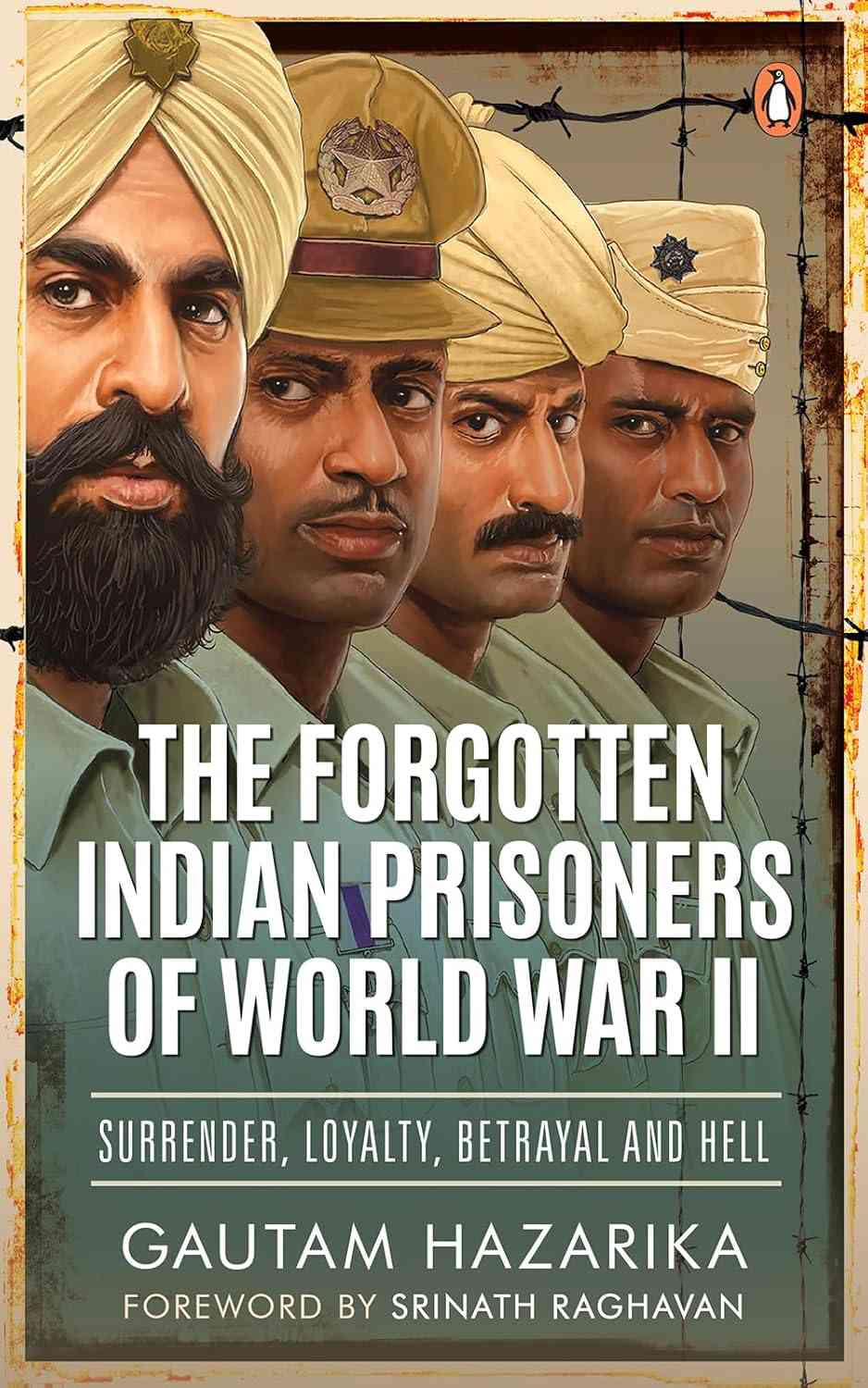
The Cost of a Promised Afterlife: My Escape from a Controversial Religious Cult in India, Priyamvada Mehra
In India, godmen are everywhere. Their photos hang on walls, their voices fill television screens and their names are spoken in both prayers and scandals. But the word “cult” is rarely used. It stays unspoken until another scandal breaks out, only to be buried under silence again. This silence allows blind faith to thrive and logic to crumble.
At nine, Priyamvada Mehra was led into the fold of Rampal, a self-proclaimed godman who promised miracle cures and salvation in exchange for submission. What began as her parents’ desperate attempt to save her mother’s life soon became something far more sinister – a world where faith became a cage, obedience a virtue and control, absolute.
By 13, Priyamvada was a devoted follower. In 2006, she was inside his ashram, used as a human shield during a deadly clash between Rampal’s followers and a rival sect. Questioning was forbidden, loyalty was everything and defiance came at a cost. She endured heartbreaking losses and grew up with a twisted logic of miracles, bans on medical treatment, violent sermons and state-crushing riots.
She witnessed her family fall to pieces under the weight of indoctrination and diseases. For two decades, she stumbled between two treacherous worlds, one ruled by cultic control, and both shaped by patriarchy, caste and class, and the systemic violence they breed.
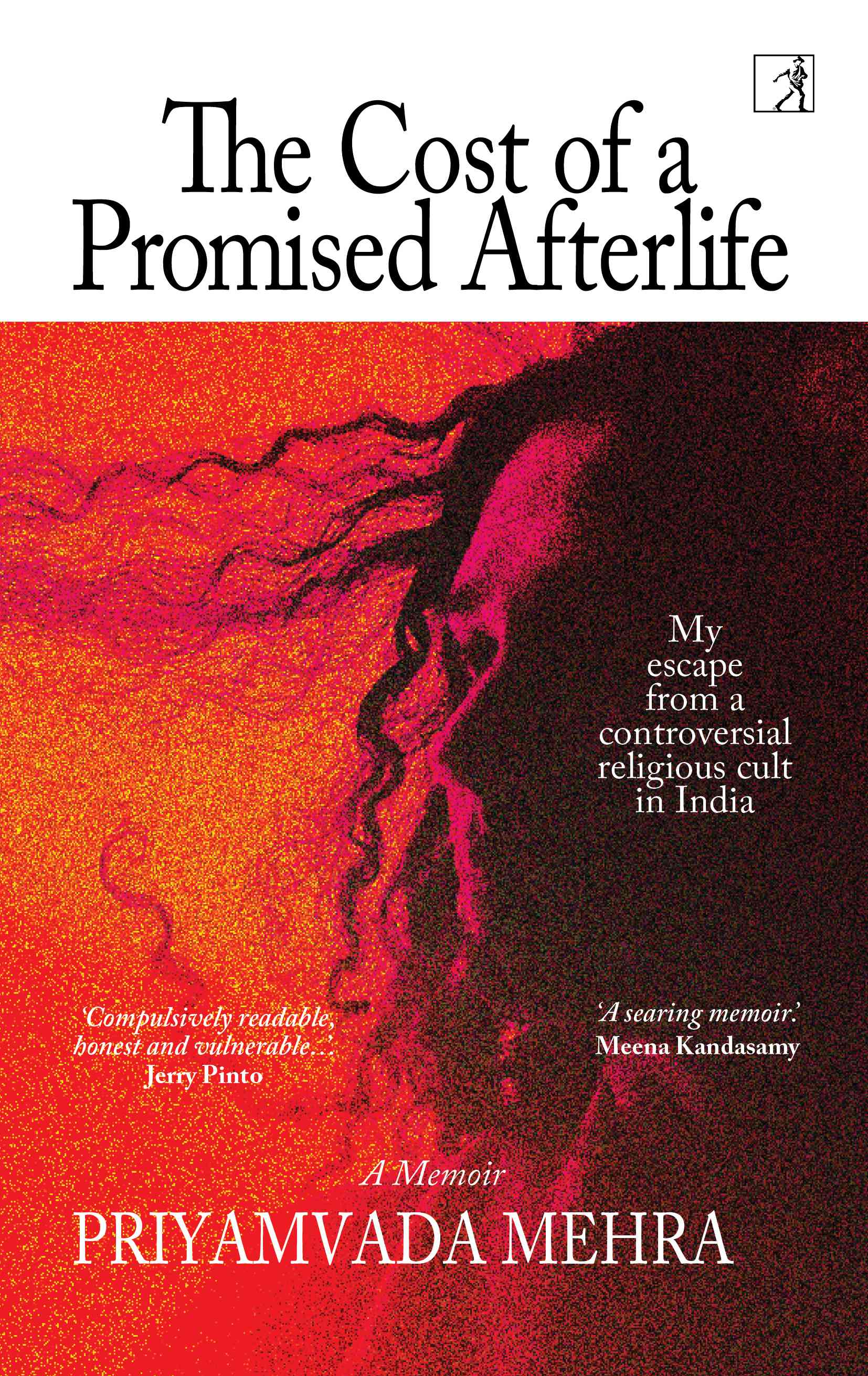
Assembling India’s Constitution: A New Democratic History, Ornit Shani and Rohit De
In this new history, two historians re-examine the making of the Indian constitution from the perspective of the country’s people. In a departure from dominant approaches that foreground the framing of the text within the Constituent Assembly, Ornit Shani and Rohit De instead demonstrate how it was shaped by diverse publics across India and beyond. They reveal multiple, parallel constitution-making processes underway across the subcontinent, highlighting how individuals and groups transformed constitutionalism into a medium of struggle and a tool for transformation.
De and Shani argue that the deep sense of ownership the public assumed over the constitution became pivotal to the formation, legitimacy and endurance of India’s democracy against arduous challenges and many odds. In highlighting the Indian case as a model for thinking through constitution-making in plural societies, this is a vital contribution to constitutional and democratic history.
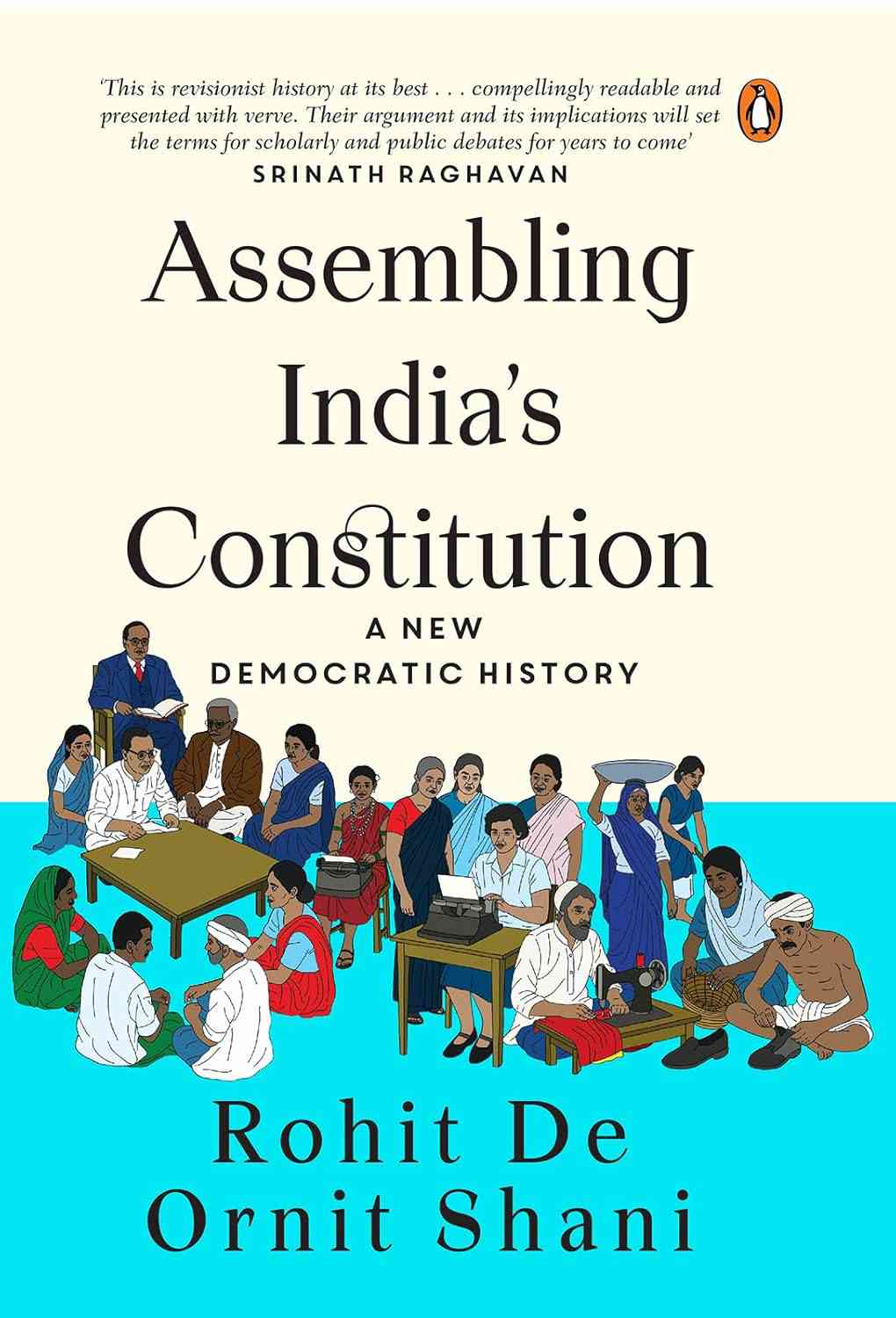
Running behind Lakshmi: The Search for Wealth in India’s Stock Market, Adil Rustomjee
For millions of people, the stock market is the canvas on which are sketched fantasies of riches, of lives transformed. Yet, the history and methods of one of modern India’s most transformative forces remain underexplored till now.
Starting from the early 19th century, when a few banias traded shares under banyan trees, to the Cotton and Share Mania occasioned by the American Civil War, to the decades of marking time during the Nehruvian Era, to 1991’s great unshackling that made the market accessible to the public, all the way to the market cycles of the new millennium, Running behind Lakshmi brings India’s stock market into focus.
By combining archival sources with observations and expertise forged through immersion in the markets, Rustomjee provides a wide-ranging account that is equal parts analytical history, financial practice, and market lore.
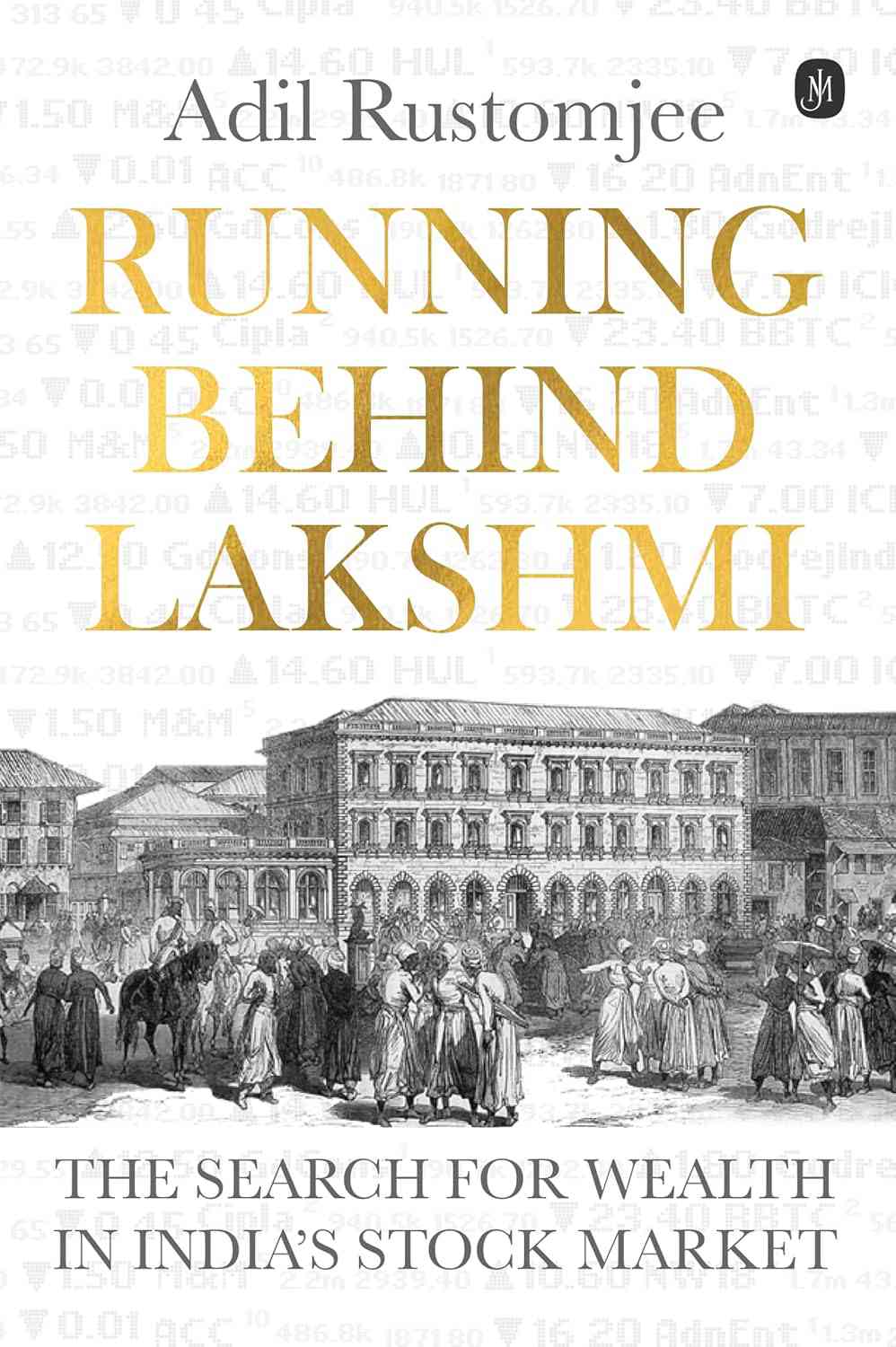
Hundred Greatest Love Songs: Soundtrack to an Immigrant Life, Biswamit Dwibedy
Hundred Greatest Love Songs is a genre-bending memoir of a young artist and poet willing to risk his life for his craft. Told in a hundred short chapters and arranged like a playlist, the story is one of transformation – spiritual, sexual and intellectual – as the protagonist, a waiter, carves his path from a greasy diner in small-town Iowa to a prestigious arts college in upstate New York. Along the way, he makes many new friends: misfits and outcasts who become his chosen family, and renowned American poets and artists who show him that it is possible to lead a remarkable life, no matter the circumstances.
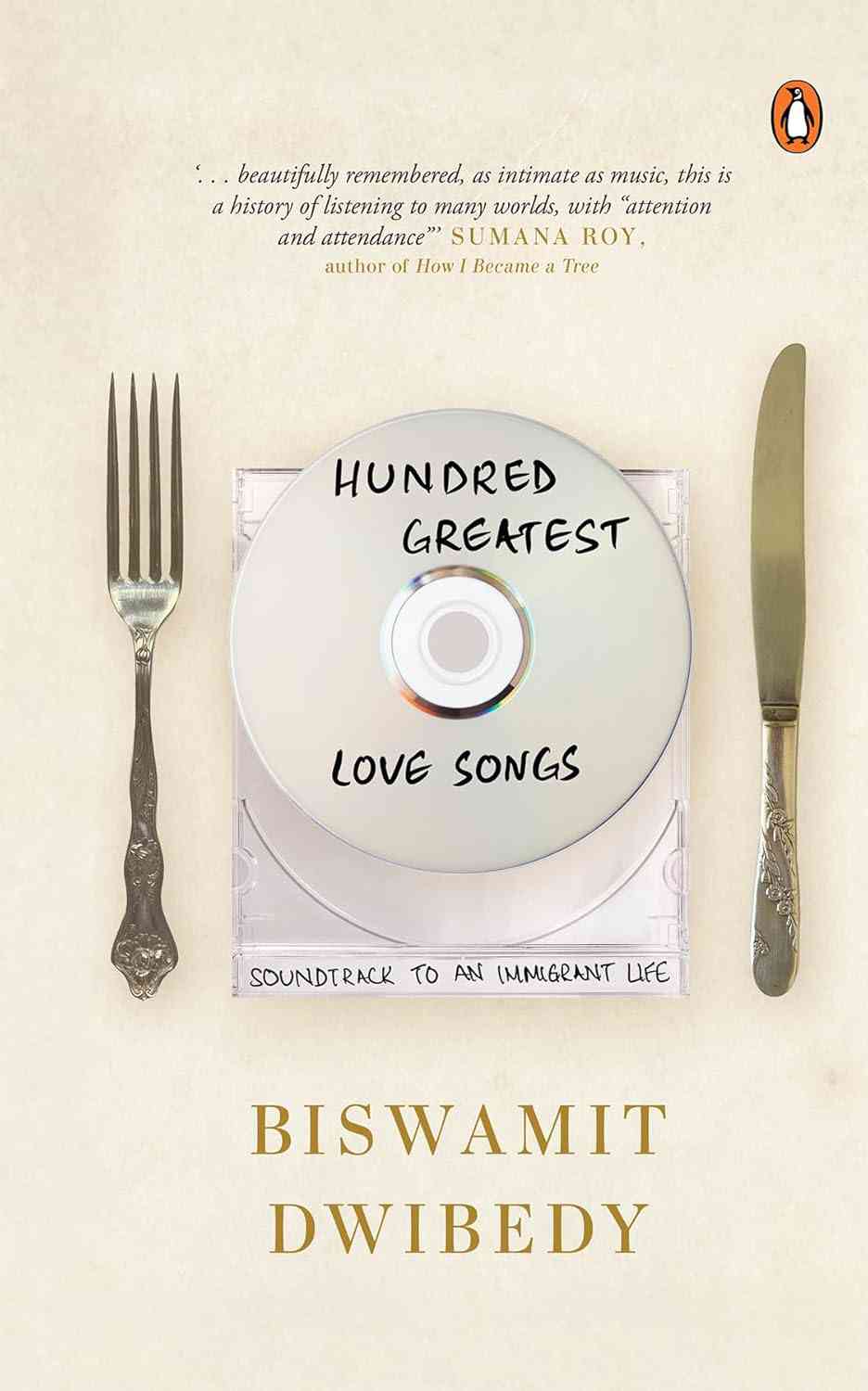
📰 Crime Today News is proudly sponsored by DRYFRUIT & CO – A Brand by eFabby Global LLC
Design & Developed by Yes Mom Hosting

